Latin name: Amaryllis
Category: perennial herbaceous bulbous
Origin: South Africa
Amaryllis – majestic flower
Amaryllis is a beautiful exotic flower, interior decoration, and also looks luxurious in bouquets. It is possible to give to women and men due to the fact that it means tenderness, courage and stamina. The excellent appearance of a flower fascinates and delights, makes it possible to fall in love with it, having seen it only once.
Amaryllis rightfully belongs to the beautiful flowering houseplants. Large, bell-shaped, inflorescences of various colors, with a pleasant smell, look amazing on a long stem.
The plant was brought to Europe in the 17th century.
Around the same time, it became popular – hippeastrum, from the genus Amaryllis. Flowers are similar to each other, looking at them people often make mistakes in the names of flowers. But genuine amaryllis – Belladonna is a rarity that can be seen. Botanists are still dealing with plants. Some are sure that the flowers belong to the same species, and there are those who think that they belong to the same family.
Hippeastrum is better known, varieties and hybrids of the flower are numerous.
In fact, by combining varieties, amaryllis is bred at room conditions.
The amaryllis family has a huge variety of flowers – seventy genera and a thousand species of beautiful flowers. These beautiful flowers are popular all over the world.
Plants grow tall, it is possible to see even two meters growing in height. Amarylis can have twelve buds, hippeastrum no more than six. The flower blooms in summer and continues to bloom until autumn, hippeastrum begins to bloom in winter and ends in early spring, another bloom is possible.
The main difference between the flowers is that the amaryllis contains a dense peduncle, the hippeastrum is empty.
Basically, amaryllis are all toxic, redness is possible when touching them on the skin.
Amaryllis is actually from the Amaryllis family. The leaves have a rectilinear, oblong appearance – 60 cm long, are placed in two rows. Pear-shaped bulbs 12 cm in diameter. An inflorescence grows from the bulb, which is a bell-shaped flowers. The shades of flowers are red, white, pink, purple. Flowers consist of six petals, pointed at the end.
Amaryllis has charming large flowers, placed on a long shoot with few leaves. Due to this appearance, the flower was given the name "naked lady" or "naked lady". A real amaryllis, despite its beautiful, bright appearance and ease of care for it, is a rare guest on the windowsills of apartments. In most cases, a similar hippeastrum flower is grown.
These flowers can be distinguished by their bulbs.
To grow such plants, you must be able to distinguish flowers with the help of bulbs. In a larger amaryllis, the bulb is about 12 cm, hippeastrum – about 9 cm. Also, these flowers have bulbs of various shapes: pear-shaped amaryllis with villi, hippeastrum – round.
It is difficult for amaryllis to grow in our climate, and indoor conditions are excellent for hypeastrum. At home in Africa, amaryllis blooms in the spring, and in the heat the flower has a dormant time. Our flower begins to bloom in autumn, but when winter comes, there is no flowering, because there is not enough light.
Kinds
There are two types of amaryllis.
Amaryllis belladonna or Amaryllis beauty
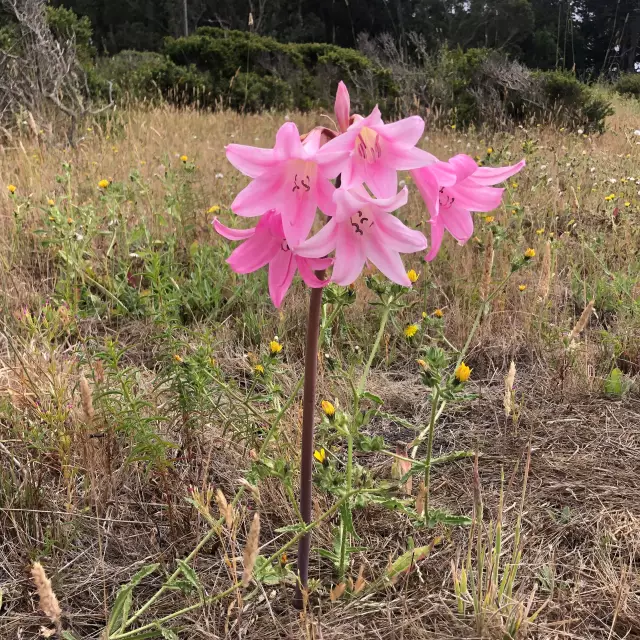 Amaryllis Belladonna grows a long green stem, approximately 50 cm. The petals are collected in funnel-like inflorescences of a white, and maybe pink color. The plant continues to bloom from February to March, has a delicate and fragrant smell. In winter, amaryllis grows, and in the summer it freezes, being at rest. In our area, the flower needs to be grown in a greenhouse, and then transplanted into a flowerpot.
Amaryllis Belladonna grows a long green stem, approximately 50 cm. The petals are collected in funnel-like inflorescences of a white, and maybe pink color. The plant continues to bloom from February to March, has a delicate and fragrant smell. In winter, amaryllis grows, and in the summer it freezes, being at rest. In our area, the flower needs to be grown in a greenhouse, and then transplanted into a flowerpot.
Amaryllis Paradisicola (Amaryllis Sarniensis)
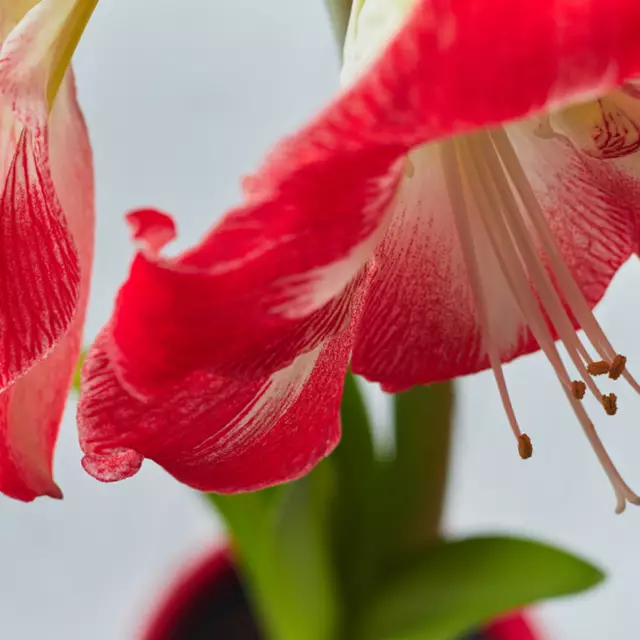 A flower belonging to the species Paradisicola grows in rocky, mountainous and dry terrain. It has 21 inflorescences, with a thick aroma that intensifies throughout flowering. Growing at room conditions is unpopular.
A flower belonging to the species Paradisicola grows in rocky, mountainous and dry terrain. It has 21 inflorescences, with a thick aroma that intensifies throughout flowering. Growing at room conditions is unpopular.
Botanists use a variety of methods to grow new varieties. The work is carried out according to three criteria:
- dilute larger flowers;
- to invent varieties with a new coloring;
- grow flowers of a different shape.
The most popular varieties:
Parker – flowers that have a pink color and a yellow spot in the middle;
Durban – has large red inflorescences with a white spot in the middle of the funnel-shaped inflorescence;
Vera – pink flowers with a pearly tint, having an average size.
Snow Queen – large white flowers on the edge with a creamy tint.
Red lion – large red flowers;
La Paz – green flowers, and red along the edge;
Nymph – large inflorescences with terry, having white color and pink stripes along the leaves;
Macarena – red, double flowers with white stripes along the edges;
Grandior – pink petals in a gradient flower with a yellow-green pharynx.
Home care
When caring at home, you must follow the rules, then he will grow beautiful and healthy. Caring for a flower is not difficult, and a novice flower lover can handle it.
We choose a flowerpot for a flower, but not wide, stable and heavy. When transplanting amaryllis, we change the flowerpot to a new one, wider than the old one by a couple of centimeters. This must be done for the good development of the flower.
In a narrow flowerpot, the flower grows more magnificently.
We select the soil with mineral fertilizers. You can purchase special soil for growing flowers that have bulbs. It is possible to independently make suitable soil: turf, soil, humus, river sand, we take everything equally. At the bottom of the pot, be sure to put drainage, consisting of river pebbles or expanded clay, three centimeters high.
Amaryllis loves good lighting. Throughout the year, the plant needs to maintain at least 16 hours of light throughout the day. We organize additional light for the plant when it is not enough, especially in autumn and winter, because at this time the amaryllis blooms. If this is not done, the plant may not bloom. The most suitable place for a flower is a window on the south side or in the southeast.
Amaryllis is more comfortable in the warm season at a temperature of 17-23℃, in the cold season – 8-10℃. Also, the plant requires moderate watering in the summer.
Avoid sudden changes in temperature throughout the year.
During the growing season, the amaryllis begins to grow a stem. When the peduncle grows up to approximately 7 cm, it is necessary to increase watering. To prevent stagnation of water, pour it into the pan. When watering from above, you should pour out excess water from the pan, because the root will rot.
Fertilizer should be applied to the flower during growth once a month. Mineral fertilizers and organic fertilizers should be used in combination, periodically alternating fertilizers. We choose mineral fertilizers with a small amount of nitrogen, and a higher content of potassium and phosphorus. Organic fertilizers are suitable from mullein or bird droppings.
During the rest period of the flower, you should not feed.
During the period of suspension of flower growth and wilting of the inflorescence, the plant can be transplanted. It is possible to do it easier, annually remove the upper earth from above and fill it up with nutrient fertilizers, three centimeters thick. Amaryllis should be transplanted once every four years.
Leaflets that dry up do not need to be cut off. This action is due to the fact that when the leaves fade, the flower transfers nutrition with useful substances to the bulb, the flower begins to bloom better.
In the case when the leaves do not fall sluggish for a long time, it is necessary to lower them to the ground, and you can also cut them near the bulb.
Amaryllis will take a dormant state when the inflorescences fade and wither. It is necessary to prepare the plants for winter rest, then the bulb will retain strength for development much longer.
Cut off the flowering stem near the bulb. It is necessary to water, gradually reducing the amount and dose of water, because amaryllis, fading, does not require much soil moisture. Be sure to remove the flower from the sun to cool. For about three months, stop feeding and watering the plant, only rarely moisten the ground, spray it with a sprayer.
When new leaves appear, this means that the rest period is over. We take out the flowerpot to a well-lit and warm place. If necessary, transplant into a new flowerpot.
Pests and diseases
Amaryllis with strong immunity. But how can all plants get sick from pests. Insects settle on all parts of the flower. Plants are susceptible to such insects:
Soft false shield, she appears on the bulb and drinks the juice, while the growth of the flower stops and the inflorescences do not bloom. In the case when the pest is already eating the bulb, we process it with karbofos.
Prevention: the bulb is treated with well-heated water before planting.
The meadow mite gnaws on the bulb, while it rots. The leaves wither, the inflorescences become small.
Prevention – keep the flower at normal temperature and humidity.
The scale insect settles on the plant, the leaves acquire brown dots. It is possible to remove pests, you should take laundry soap, dissolve in water and spray the plant. In the event that such a method of disposal does not work on insects, insecticides are used.
Thrips settle, the leaves turn yellow, have a discharge from below, subsequently dry and fall off.
To help the plant get rid of pests, several times spraying with insecticides "Aktara", "Aktellik", "Fitoverm", "Iskra" and others is used.
Prevention – observe the correct temperature and humidity.
Difficult Growing Moments
- Leaves become pale – the plant is exposed to direct sunlight.
- The leaves become dark – the plant is in the cold.
- Inflorescences wither, leaves fade – lack of moisture in the ground.
- The leaves turn yellow – there is no fresh air supply or pests have appeared.
- The flower stops growing – a fungal infection develops.
These moments hold back the good condition of the amaryllis, it does not have enough strength for the stem to appear and flowering to begin. It is necessary to remove all the negative points to create a comfortable development of the flower.
With proper care, you will get a lot of pleasure from a beautiful and charming amaryllis.




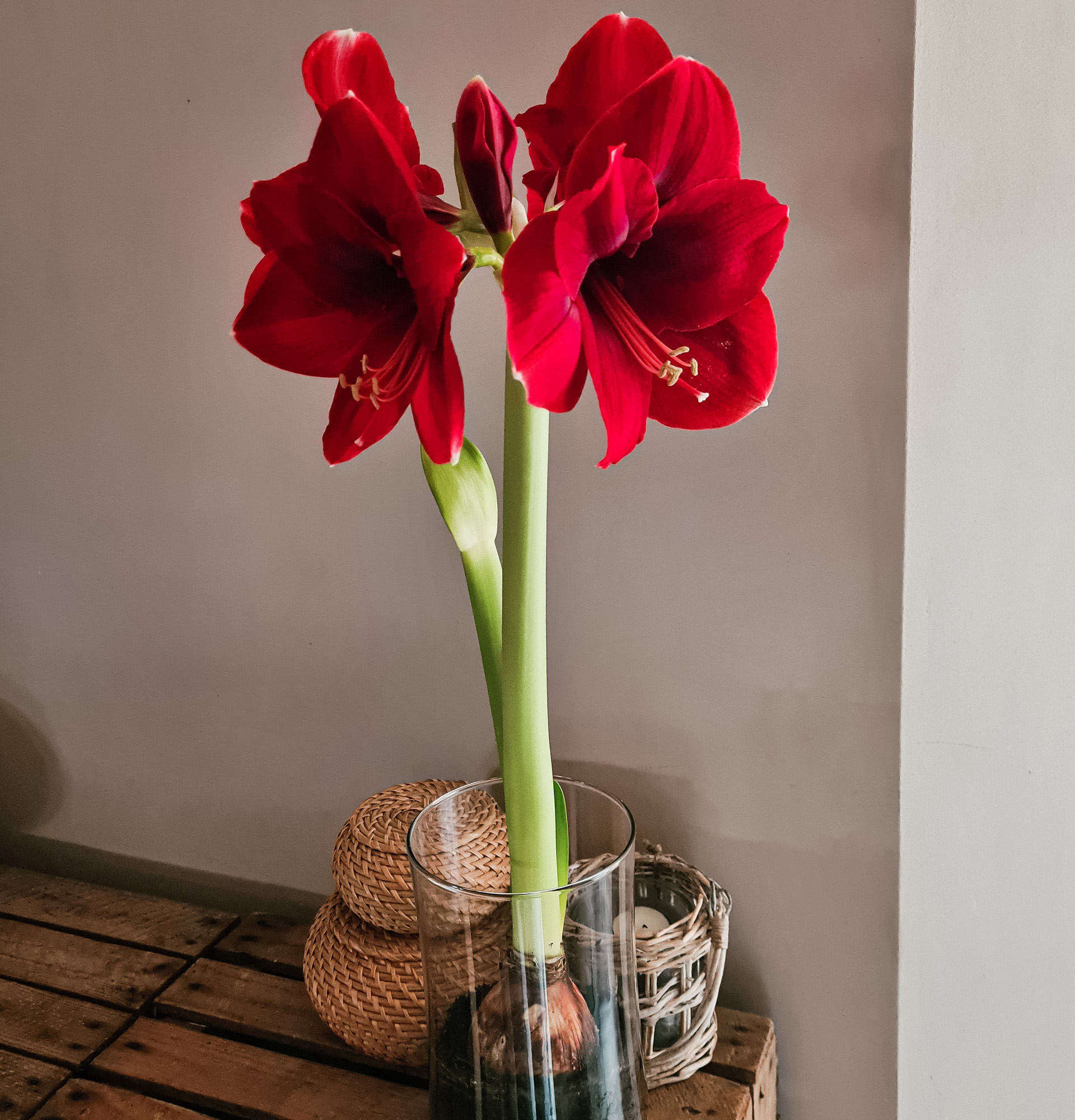










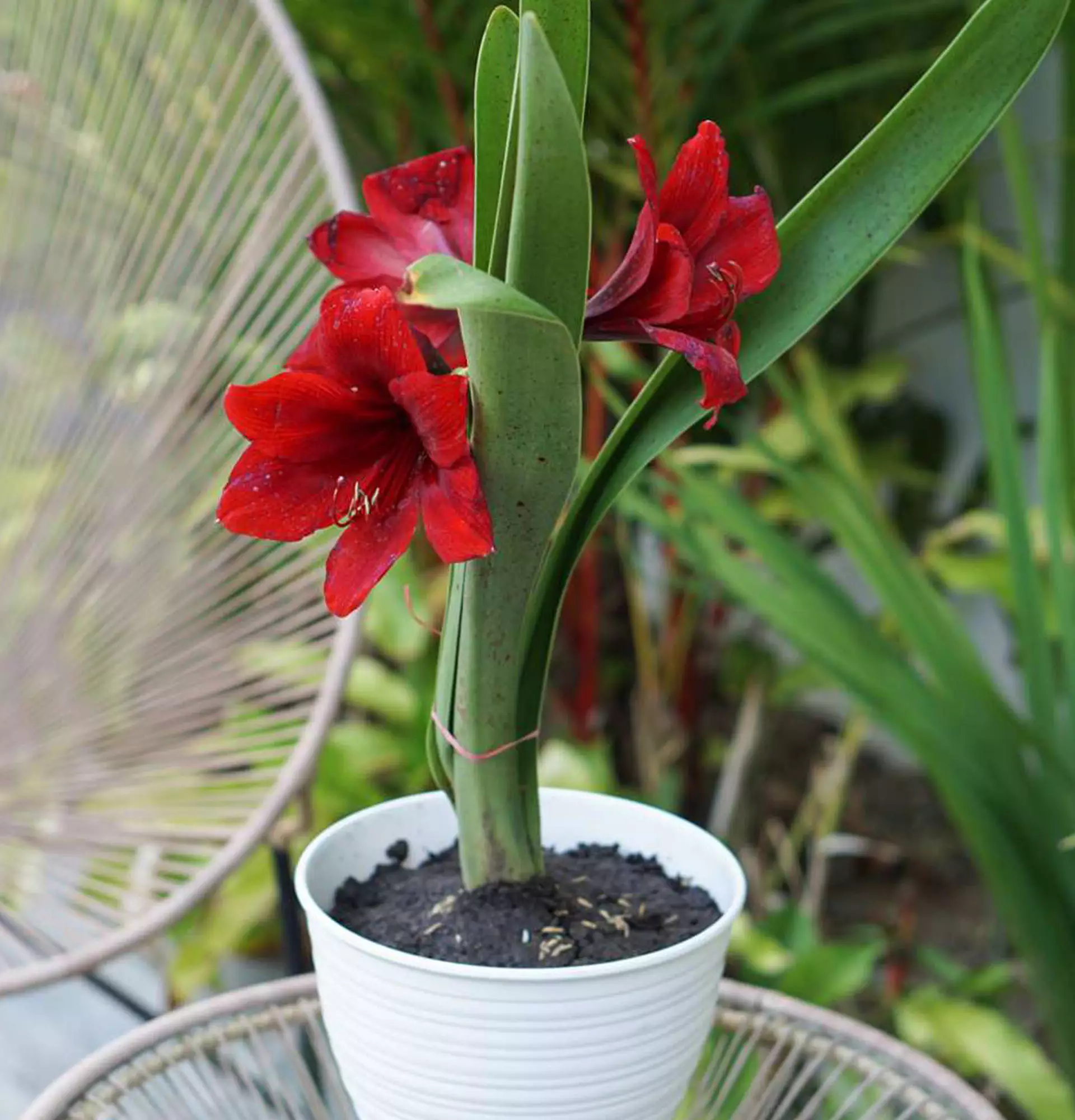
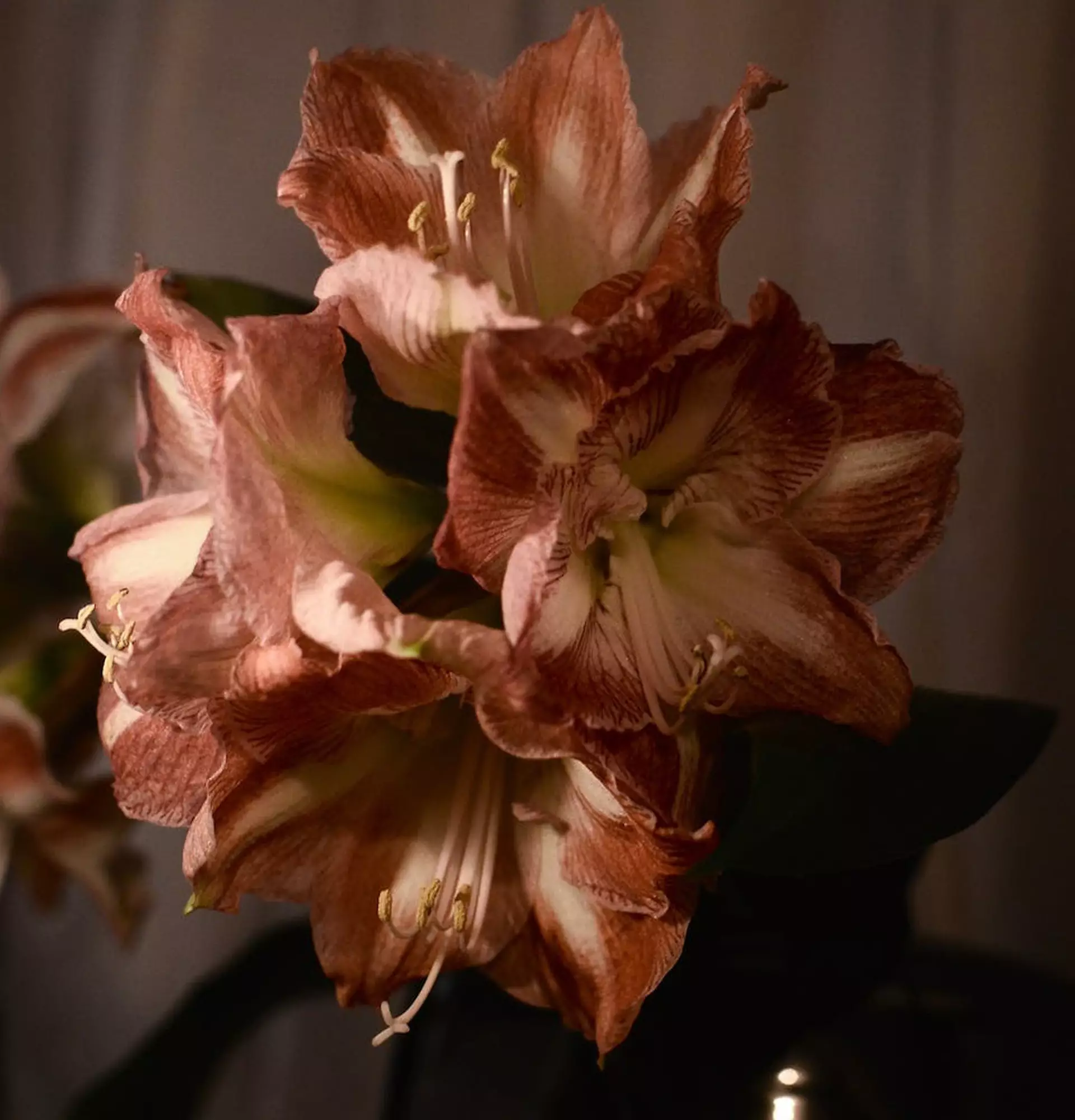
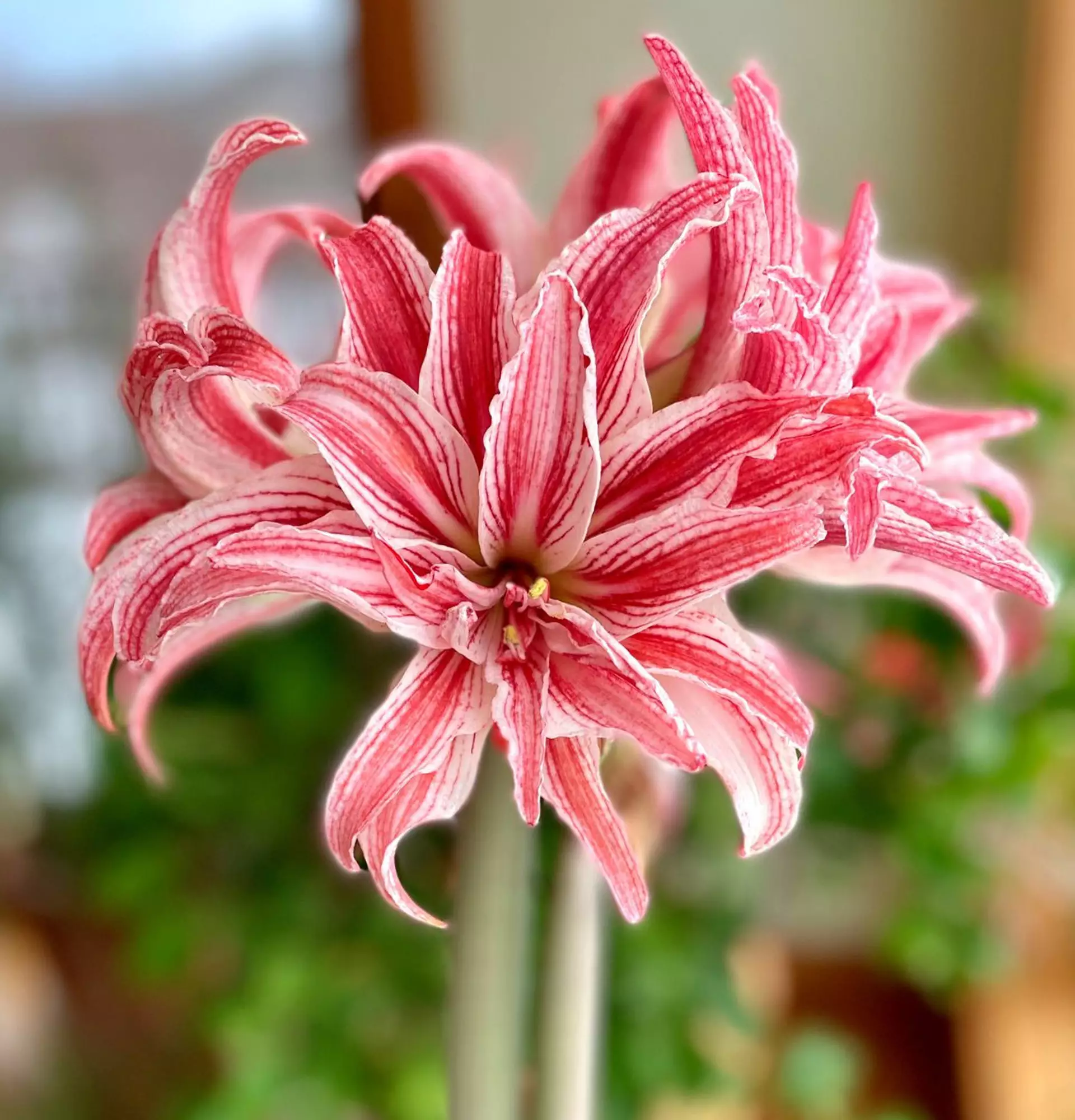
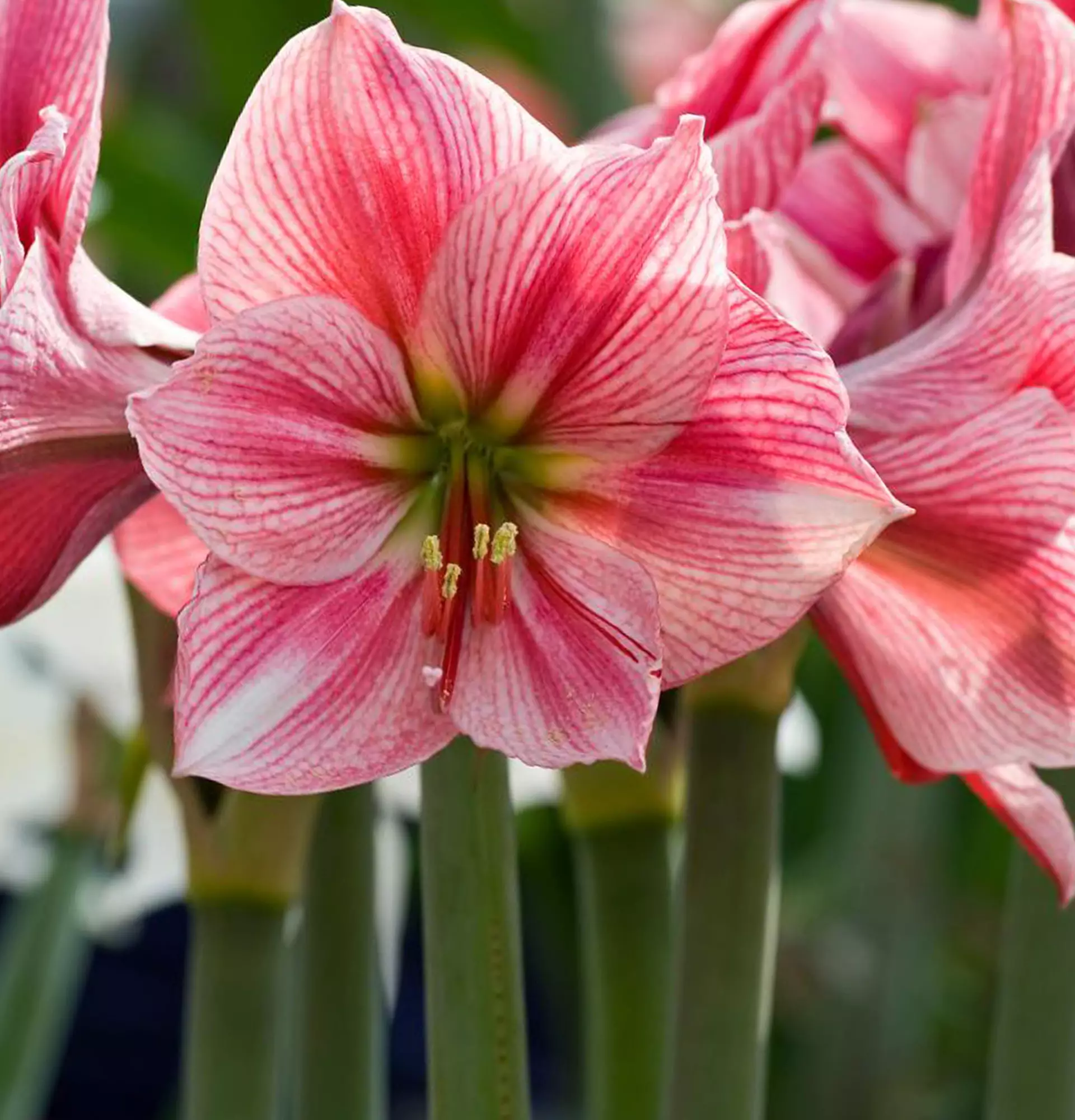
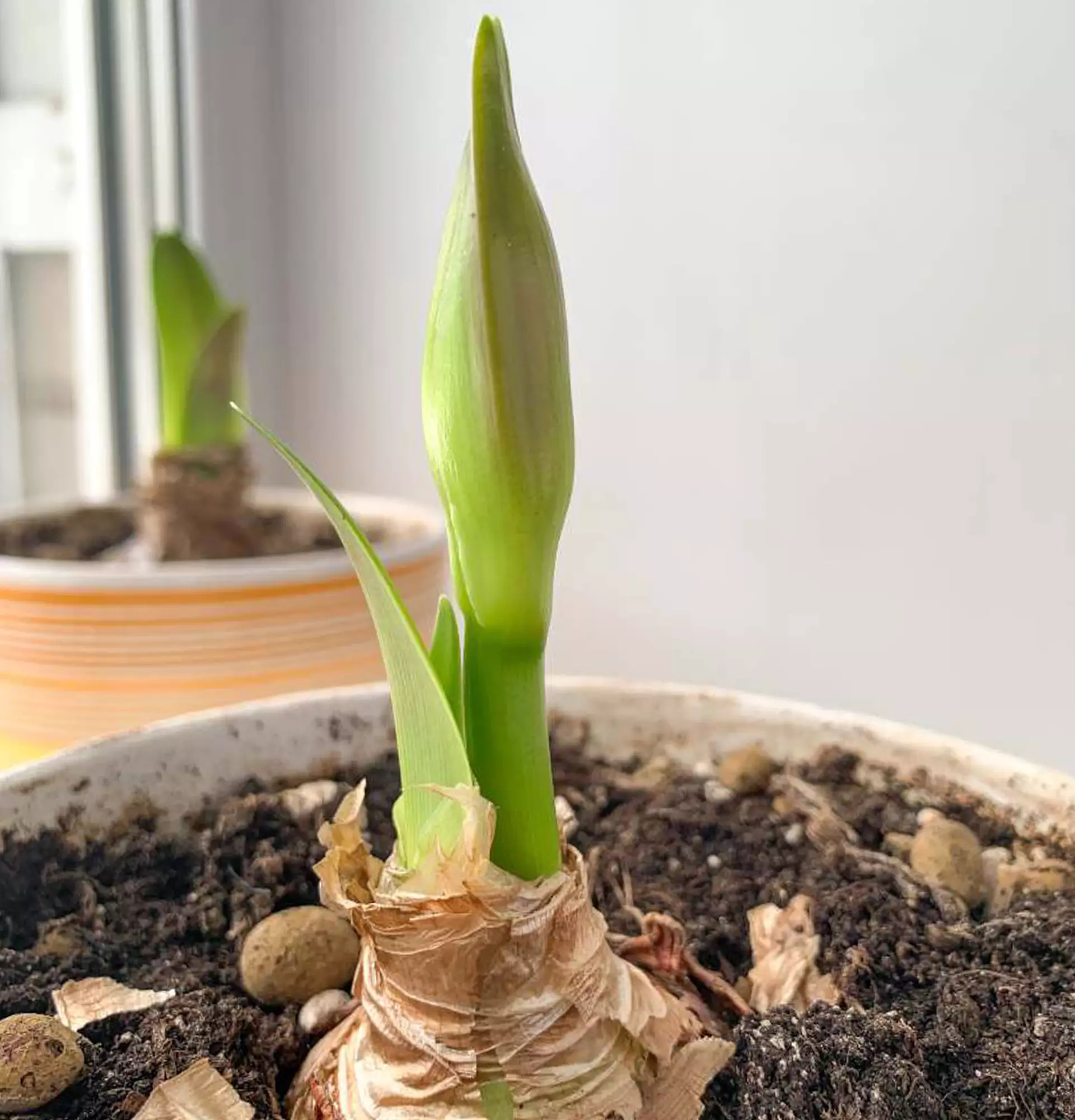
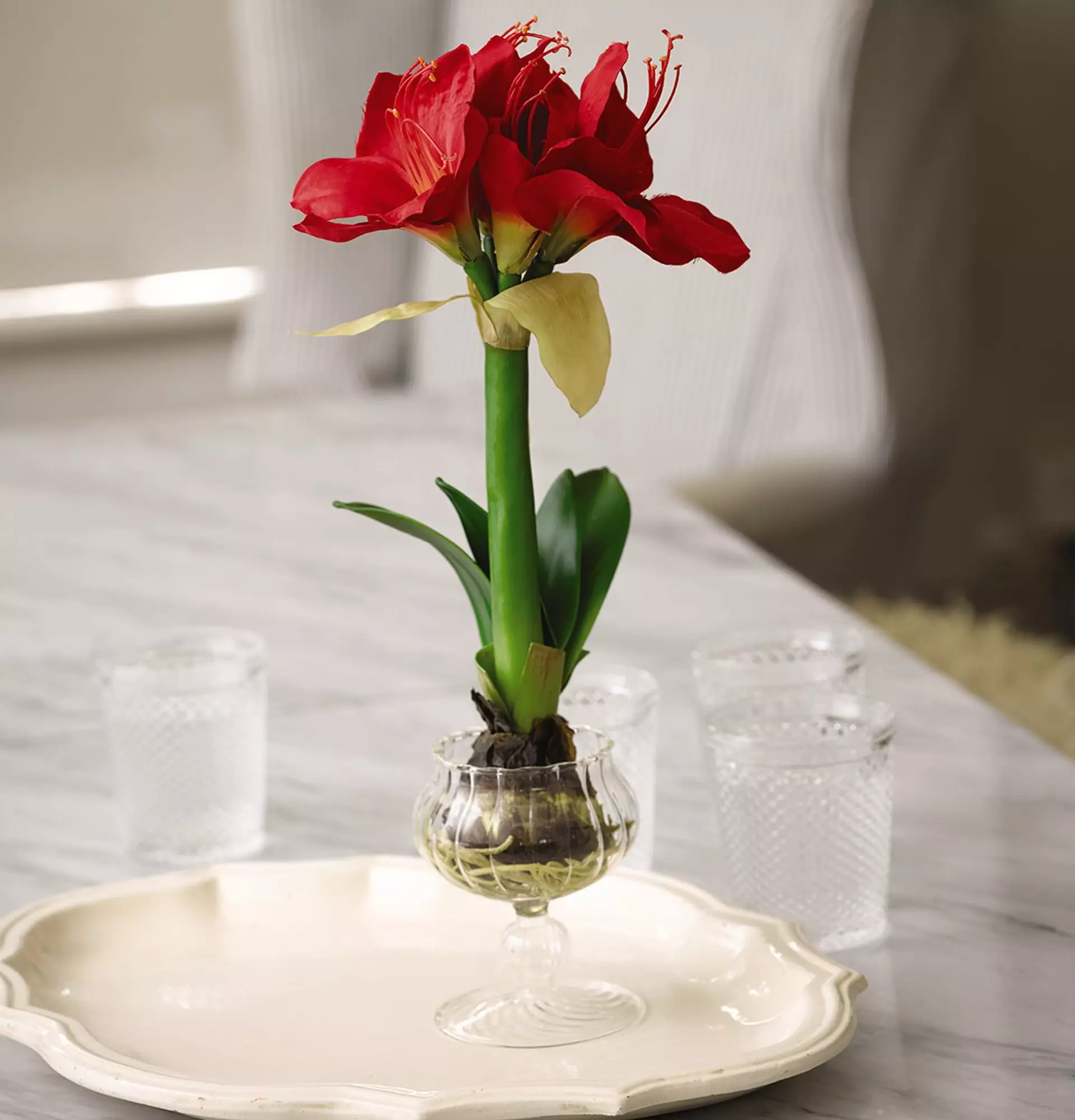
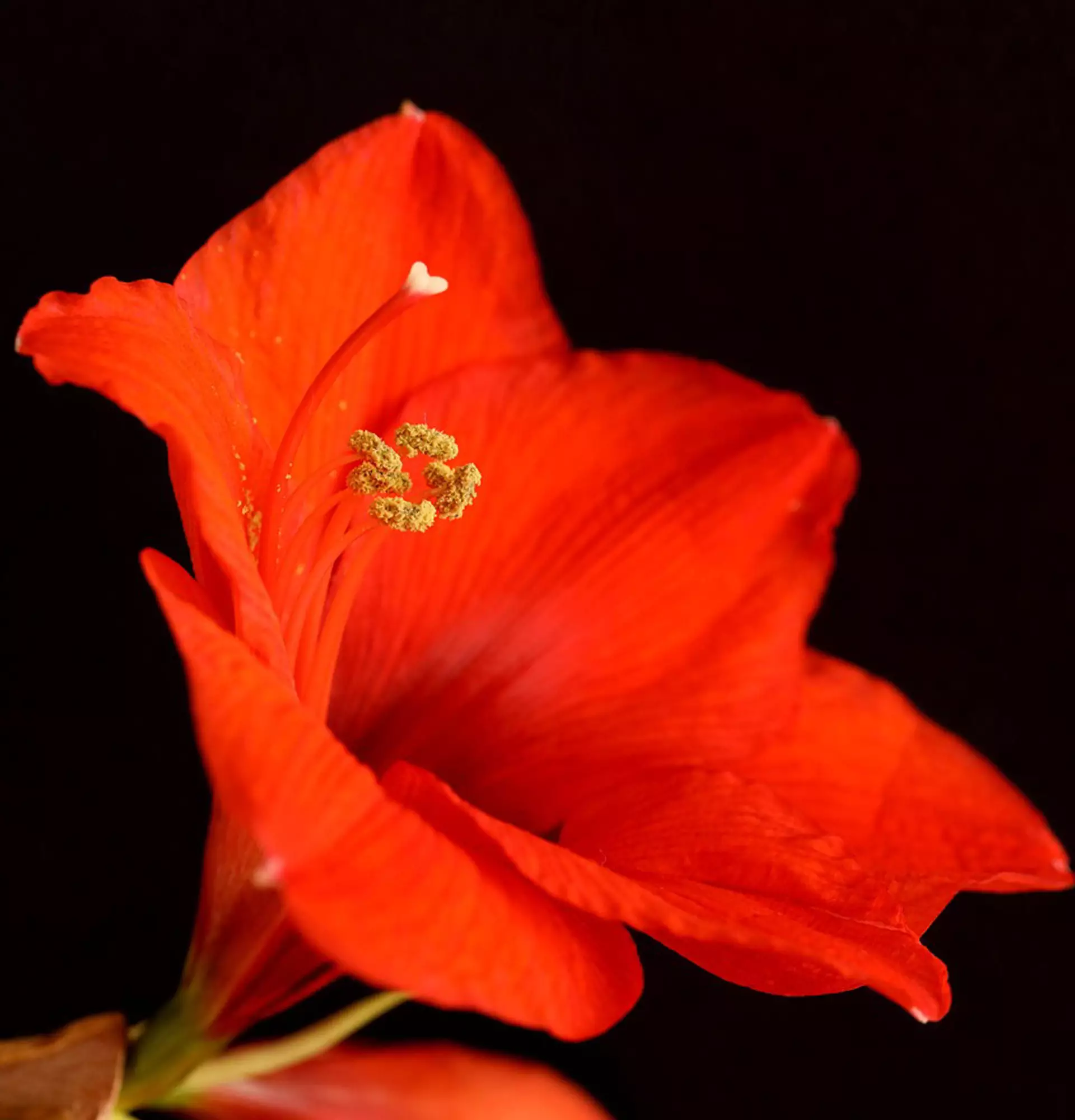
Write comments
Comments